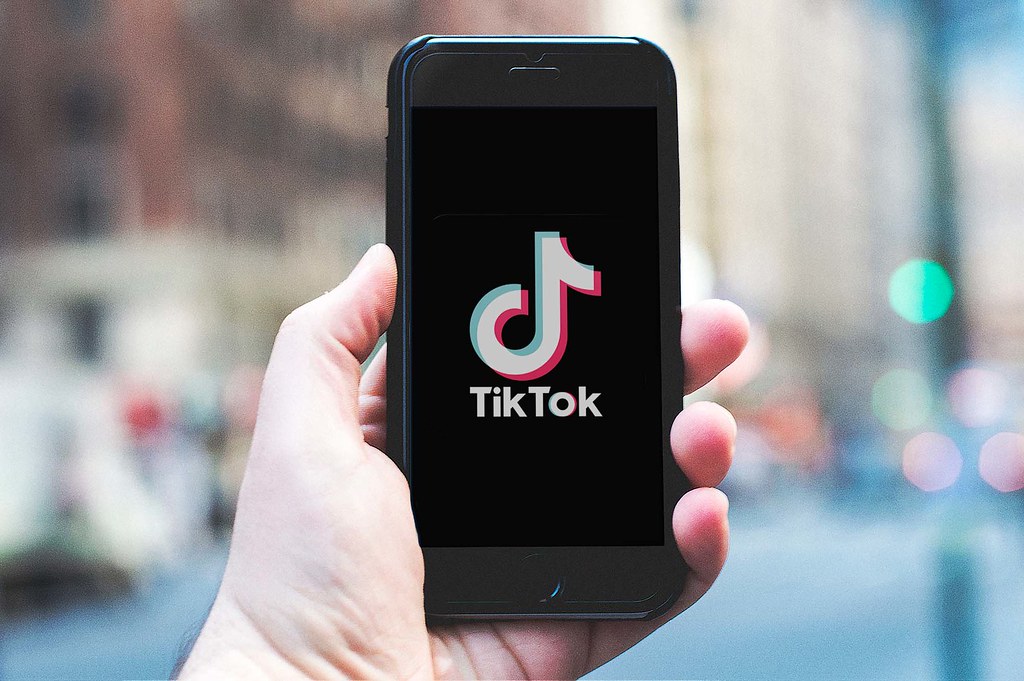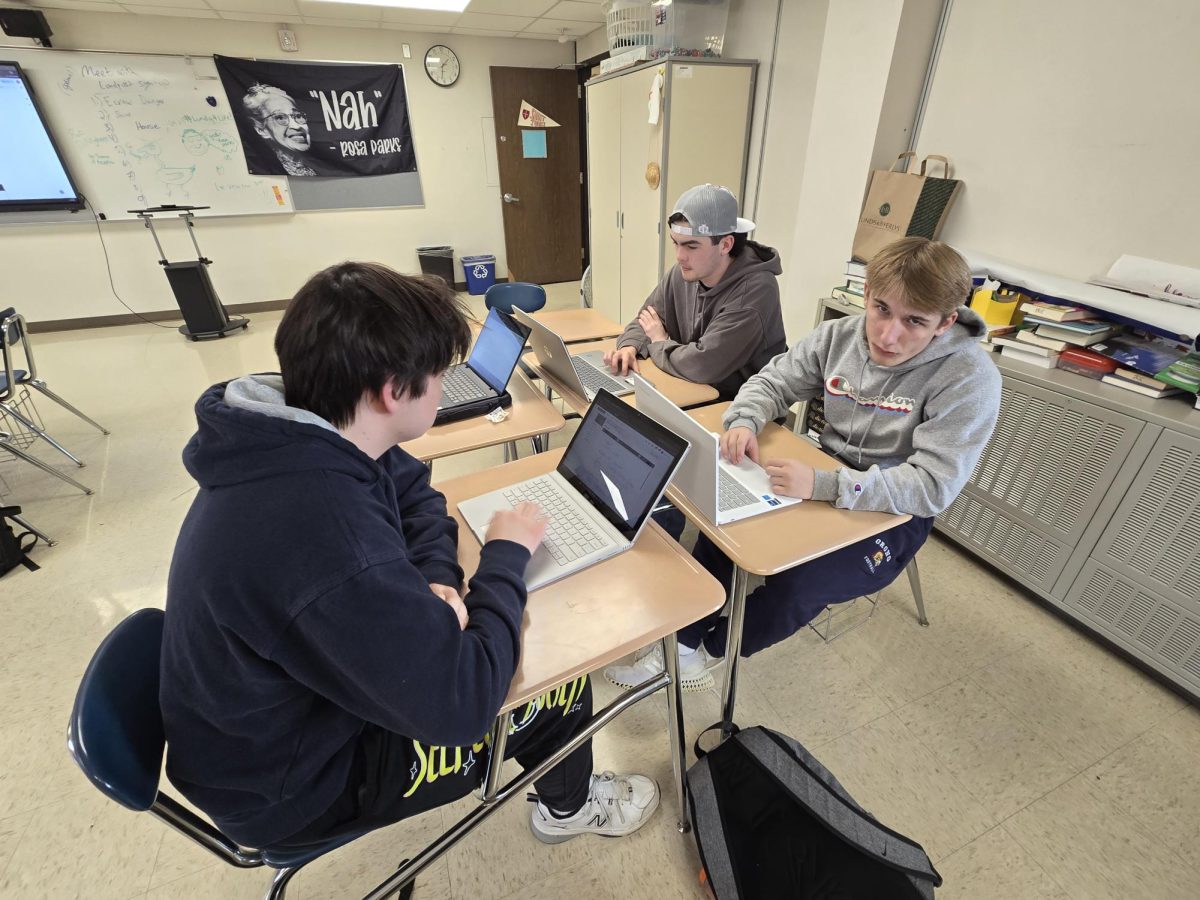Generative AI is rapidly becoming a transformative tool in education, with the potential to reshape how students learn and how teachers teach. From personalized learning experiences to automating administrative tasks, AI holds significant promise for improving educational efficiency. However, like any powerful tool, its use in schools brings both benefits and challenges that need careful consideration.
One of the most compelling advantages of generative AI in education is its ability to personalize learning. AI systems can analyze student performance data and tailor instruction to meet individual needs. For example, if a student struggles with a particular math concept, AI can generate specific exercises that focus on those weaknesses, allowing students to learn at their own pace.
Additionally, generative AI can help teachers by automating routine tasks, such as grading assignments, tracking attendance, and even generating lesson plans. This saves educators time, allowing them to focus on creating more meaningful and interactive experiences for their students. By taking over these administrative burdens, AI could lead to improved classroom dynamics and more personalized attention from teachers.
AI also has the potential to address academic integrity issues, such as cheating and plagiarism. It can detect patterns of academic dishonesty more effectively than traditional methods, helping maintain a fair and honest learning environment. With the increasing availability of online resources, this type of monitoring could become crucial in maintaining the credibility of assessments.
However, the rise of generative AI in schools also raises significant concerns about its impact on student learning. One major worry is that students may become too reliant on AI tools to complete assignments. If students use AI to write essays or solve complex problems without understanding the underlying concepts, they miss out on developing essential critical thinking and problem-solving skills.
Another critical issue is the potential widening of the digital divide. Not all schools have equal access to AI technology, which could exacerbate existing inequalities in the education system. Well-funded schools are more likely to adopt these technologies, while underfunded schools may struggle to provide their students with the same opportunities, leading to an even greater achievement gap.
There are also ethical concerns surrounding data privacy. Generative AI systems require vast amounts of student data to function effectively. This raises questions about how student data is collected, stored, and used. Without proper safeguards, there is a risk of data misuse, bias in algorithms, or even breaches of privacy that could have long-term consequences for students.
In conclusion, the integration of generative AI into schools offers exciting opportunities for transforming education, but it is not without risks. While AI can make learning more personalized and efficient, it also presents challenges related to student dependence, equity, and ethics.
Schools must strike a balance between leveraging AI’s benefits and ensuring students continue to develop vital human skills like creativity, critical thinking, and collaboration. By addressing these concerns and implementing clear ethical guidelines, educators can responsibly harness the power of AI to enhance learning without compromising core educational values.
Note:
This article was written by AI! Did you figure it out? Is this an ethical use of generative AI in school? Tell us in the comments.



















































